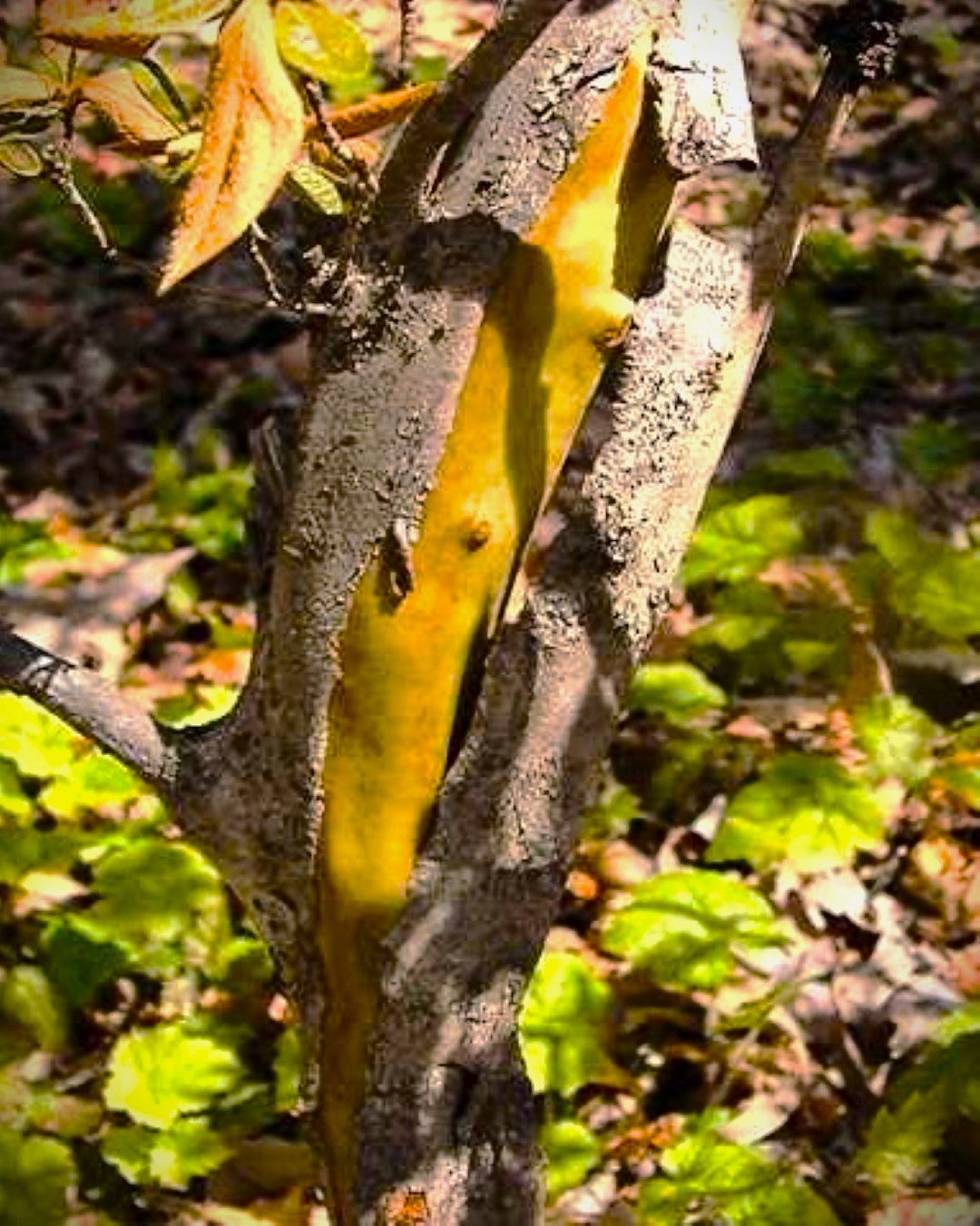Rushing Column
Published 6:30 pm Tuesday, January 10, 2023
|
Getting your Trinity Audio player ready...
|
My garden, like yours, was decimated last month, leaving plant revenants, the horticultural version of undead zombies, waiting on warmer weather to decide if they will still be with us or not. Most will, some won’t.
Being from a north Mississippi nursery family, I have seen this before. And I learned in college horticulture classes to expect plants we assume are cold hardy to occasionally get zapped by sudden hard freezes, their leaves completely browning out overnight, some still-green leaves shedding, evidence of dead twigs, and split bark. And some cherished plants dying.
The real issue was not the severe cold itself, but the rapid drop, leaving even some native plants no time to “harden off” the antifreeze-like components in their stem, leaf, and flower cells, which take weeks of gradually-lower temps to acclimate and develop cold tolerance. But ours were basking in warm sunshine the day before an unusually severe Arctic blast.
To be blunt, their cells froze and ruptured. This is normal for a lot of plants like summer annuals and herbaceous perennials such as cannas, bananas, and the handful of tropical potted plants accidently left outside. But even those that can easily withstand normal freezes, like pansies, snapdragons, kale, and paperwhite Narcissus have been severely damaged.
Worse yet, a whole lot of normally-hardy shrubs and small trees, including gardenias, ligustrum, rosemary, bay, sweet olive, live oak, and even nandinas have browned out, or their normally-evergreen leaves are beginning to shed. I suspect my magnificent confederate/star jasmine was killed to the ground. My neighbors’ azaleas and pittosporum will have split bark on trunks.
Truth is, as all experienced horticulturists agree, there is no real way to tell how much damage has occurred because some of the worst damage, usually related to split bark and stems, can take months to show up. As the MSU publication put it, “Symptoms of cold damage may not show up until hot weather sets in.” Even scraping the stems to see if there is living, green tissue underneath may not tell the whole story.
Depressing? Frustrating? Yep. But gardening is a proactive hobby, and we roll with the punches. So, what would I advise doing for now? What am I going to do myself?
First, though I feel as bad as you do, I’m not beating myself up. Nobody is judging us on how our gardens look, because this has happened to most of our gardens, from yours and Mama’s to historic and botanic landscapes. My own cluttered botanical collection looks just as bad, or worse.
A lot of best advice boils down to controlling our impulse to do something, right now. I will cut down the mushy and obviously dead stuff, like normal, and visit a couple of garden centers to see if they have some more pansies and other winter stuff (why sit around and moan? There’s gardening to do!), and most important: Just wait and see on the woody stuff. No hard pruning til spring or even a bit later, to see what has really made it. Sure, you can prune roses like normal next month, and shear any brown stuff of really aggravating plants, but leave most of the woody plants alone so their remaining stems can buffer any hard freezes will most certainly will have.
Take to heart what recently-retired Extension Horticulturist Gary Bachman put so succinctly, “Patience is called for right now.” Our tasks are a combination of doing nothing, cleaning some stuff up, replanting a little for good cheer, doing regular winter garden chores like normal, and waiting till spring to prune iffy shrubs. Good luck.
Felder Rushing is a Mississippi author, columnist, and host of the “Gestalt Gardener” on MPB Think Radio. Email gardening questions to rushingfelder@yahoo.com.





